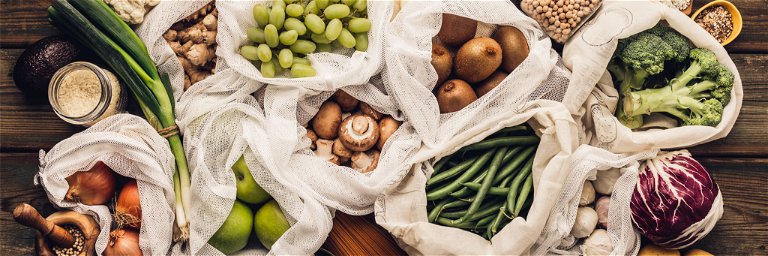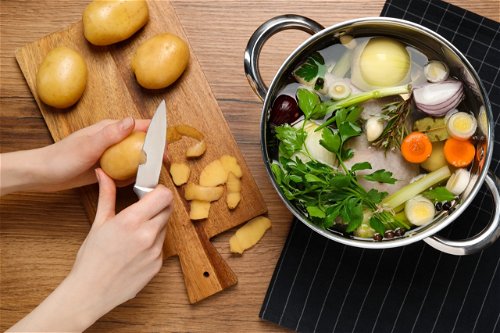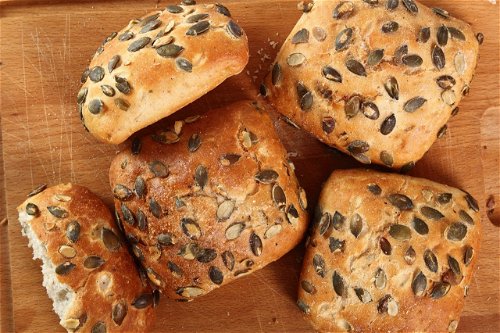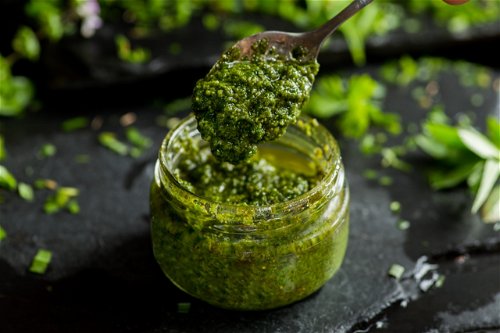Food trend: the zero-waste cooking revolution
How the zero-waste cooking movement is revolutionizing the culinary world by transforming waste into wonderful aromas, promoting sustainability and enriching flavours.
In the wake of growing concern about food waste and environmental impact, zero-waste cooking has evolved from a niche movement to a global trend that is inspiring both amateur chefs and renowned restaurateurs. This revolution is challenging traditional cooking practices and promoting a cuisine that is not only sustainable, but also innovative and full of flavor.
The philosophy of zero-waste cooking
At the heart of zero-waste cooking is the minimisation of food waste through the complete recycling of all food components. This philosophy pushes culinary boundaries and encourages gourmet and amateur chefs to find innovative ways to use what is traditionally considered waste. Beyond reducing waste, this movement also emphasizes the importance of sourcing sustainably grown and locally produced ingredients to reduce environmental footprints.
Pioneers of zero-waste cooking
A number of top chefs and restaurants around the world have taken the lead in the zero-waste movement. Through innovative menu design and sustainable business practices, they demonstrate how gastronomy can contribute to solving the problem of food waste. Examples such as the "Silo" restaurant in London, probably the world's first zero-waste restaurant, show how leftovers can be turned into refined and tasty dishes.
Effects on the gastronomy sector
The zero-waste movement is not only having an impact on menu design and kitchen management, but is also driving change throughout the foodservice industry. Restaurants and chefs who embrace this philosophy are helping to change the public perception of food waste and setting new standards for sustainable business practices in the food service industry. They also motivate suppliers and producers to pursue more sustainable and less wasteful methods in food production and supply.
Challenges and opportunities
The implementation of zero-waste cooking is not without its challenges. The need to reduce food waste requires a high degree of creativity and flexibility from chefs, as well as a change in the procurement and storage of food. At the same time, this movement offers an opportunity to make gastronomy more sustainable and to raise awareness and appreciation of food.
Zero-waste cooking in everyday life
However, the principle of zero-waste cooking is not just limited to professional kitchens, it can also be easily integrated into everyday life at home. Many consumers are increasingly interested in reducing their food waste and at the same time making their meals more sustainable and conscious. This includes using vegetable scraps such as stalks and peelings for soups, turning overripe fruit into smoothies or baked goods and converting leftover bread into croutons or breadcrumbs. Simple strategies such as carefully planning meals, shopping w isely and using leftovers creatively can make a significant contribution to reducing food waste. In addition, numerous online resources, cookbooks and workshops offer inspiration and practical tips for implementing zero-waste practices in your own four walls.
The zero-waste cooking revolution is a promising approach in the fight against food waste and for a more sustainable future. It shows that creativity and commitment can transform waste into flavor, setting new standards in the culinary world. As the movement continues to grow, it can be expected to fundamentally change not only the way we cook and eat, but also our relationship with food.
Don't miss out!
Sign up now for our newsletter.





